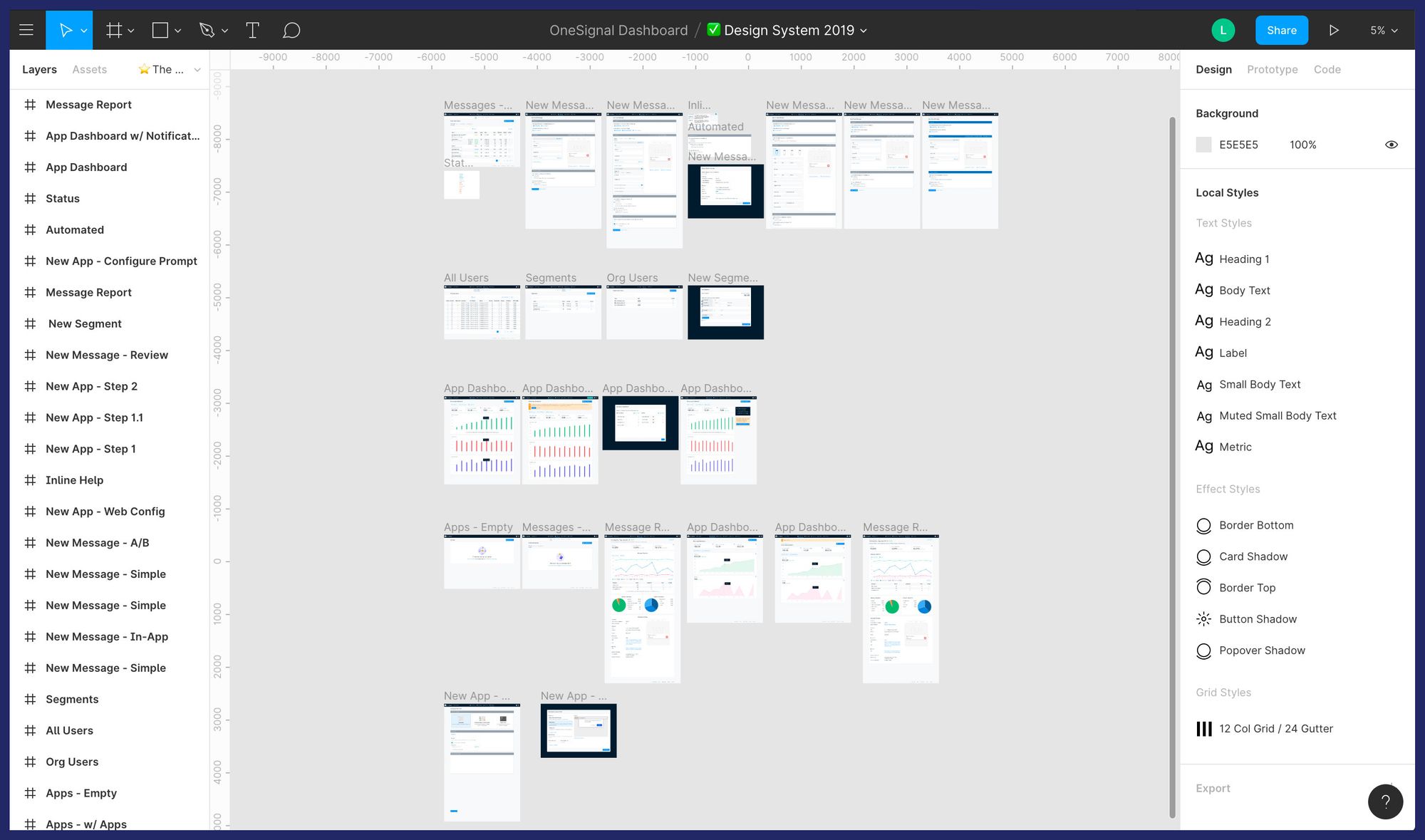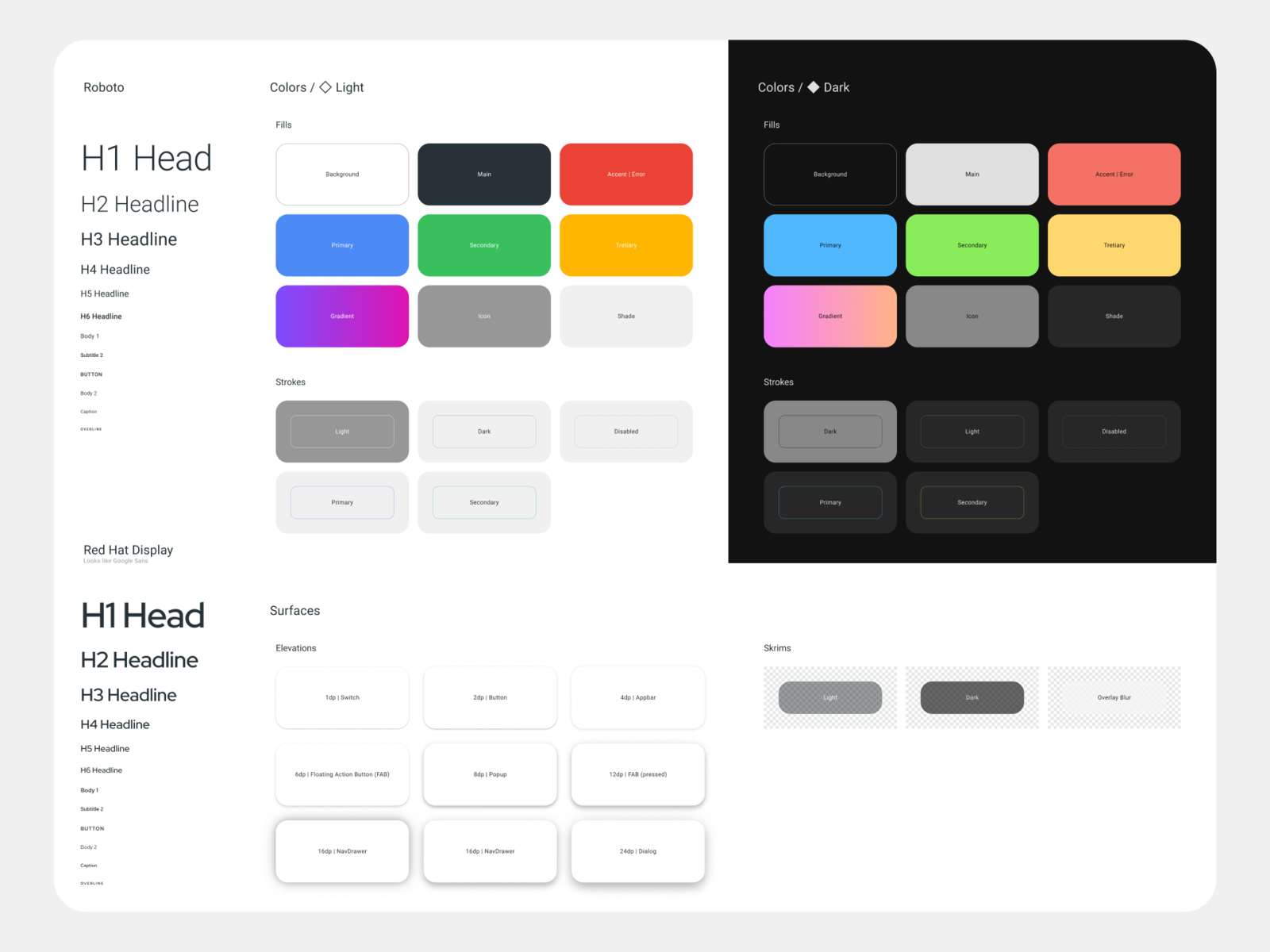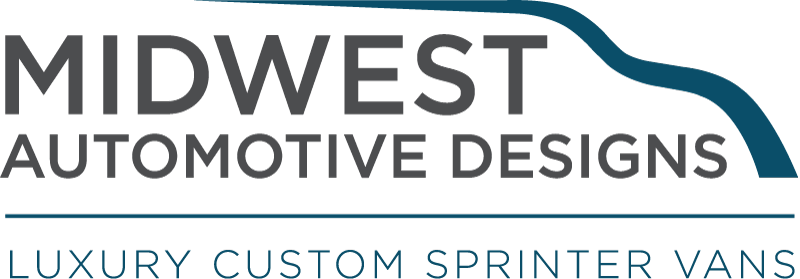Table Of Content

It’s simple—the majority of device breakpoints are divisible by eight, making it an ideal base unit for grids, spacing, and typography. This series builds on our Introduction to design systems course, which follows the Habitz team as they establish their core principles and translate them into concrete design guidelines. Check out the usage of your team's components and variants with design system analytics. The design system was eventually released to open-source it to allow the community to design and build their projects with Primer. In case you didn’t know, Block Kit is a UI framework for Slack apps—ever seen a message in Slack that has buttons or a select menu? On the other hand, Modals are more like a popup in that they grab a user’s attention, prompting them for some kind of information or input.
Mobile App
All we have to do is set the width from 560 dips to 280 dips, and look at that we have everything constrained proportionately. Actually, not we do have all the details necessary disregard what I stated, we're going to build up the mobile confirmation dialog. And we now have this mobile alert dialog variant, which is up to spec and we can make that a master component. So we're essentially to two pixels off, supposedly, but this is accurate enough.
Elastic UI
Virta Health, named a rising SF startup to watch in 2018, is fighting diabetes with user friendly design. In this article, designer Joey Banks talks through all the stages of building a design system — from an initial component audit to final mock-ups. He also talks about how Virta’s design system changed the way engineers and product managers communicate ideas. So we can go ahead and implement that here, select that date range picker, paste it, no option, a snap that in 60 set to 16 dips in the left and the spacings 12 already by default. And it's already in my parent frame in the parent container, which is great, I'm gonna set the height to 280.
Pipedrive Convention UI↗
It allows users to enter information, make selections, filter content, or trigger actions. And as you can see, once the email has been typed out or the username, and it's been selected, it turns into a chip. And once that opens up, go ahead and once that loads, you can see that chips are compact elements that represent an input attribute or action.

Apple
Adobe to Buy Figma, Collaborative App Design Platform, for $20 Billion - Variety
Adobe to Buy Figma, Collaborative App Design Platform, for $20 Billion.
Posted: Thu, 15 Sep 2022 07:00:00 GMT [source]
And one thing you can I'm going to go over with you but not build out in pilot I'm going to just guide you is creating this date range selection. So what we can do is go ahead and select our parent frame and just specify that to eight. And this row, we only got, oh, we only have one here specified one day on the last row, and there's a eight dip, eight pixel padding there on the bottom. And then I'm going to ensure it Whoa, that the spacing here is set appropriately. And what I can do is select the icon here, and Hold OPTION D and snap that to the right and then hit Shift H and that aligns properly.
With the digital revolution, the principles of these systems were translated from paper to pixels, growing in complexity to match the sprawling web and burgeoning app market. Giants like Apple in 1987, followed by Google, IBM, and Microsoft, pioneered comprehensive design languages that would dictate the look and feel of countless user interfaces. These systems were crafted not just for aesthetic unity but for practicality, offering clear documentation and reusable patterns to speed up development and streamline UI design, addressing the burgeoning needs of digital product teams. The impact of a design system lies in its ability to streamline workflows, ensure consistency across a product, and foster collaboration among cross-functional teams. Whether starting small or scaling across multiple platforms, a design system can enable a team to do more with less—not just when it comes to designing features, but also when building the real deal. These are reusable visual elements and interaction patterns that inform the common interface and behaviors of your product.
A brief history of design systems
The Evolution Of Design In 2021: Learning From Design Vendors - Forrester
The Evolution Of Design In 2021: Learning From Design Vendors.
Posted: Mon, 15 Nov 2021 08:00:00 GMT [source]
And in this exercise file, I've already created the the naming convention on how we want to categorize these banners. And then we have the buttons are optional, I mean our supporting actions. And the only further ado, the overviews is going to be discussing how to use these components by checking out the documentation. And I'll change that to the the active on primary color, since this is on the primary surface there. And duplicate this, grab the main component and drag it into our our canvas there.
DesignOps is a set of best practices and principles that aims to streamline the effectiveness of design teams. See how design choices, interactions, and issues affect your users — get a demo of LogRocket today. LogRocket lets you replay users' product experiences to visualize struggle, see issues affecting adoption, and combine qualitative and quantitative data so you can create amazing digital experiences. Stark is an organization committed to increasing digital accessibility, and one of the projects they have in the works right now is an accessible design system for Figma.
And let's justify the width here, set that to 360, which adheres to mobile principles for Android as material design was created for Android in the beginning. And what we can even do is remove the background, we can change the color of the text to a content on primary surface. So for example, the list items we created in the last video, I can go ahead, maybe I want to add into this component, right, I just need to ensure the proper spacing is specified.
If you’re not sure which naming convention to use, talk with your development team to learn about any existing conventions in your organization that you could also align with. Layout grids, spacing, and sizing (referred to collectively as “spatial systems”) are like the invisible glue that holds your design together. They create a sense of structure, consistency, and visual harmony that makes your product feel polished and professional. Learn how Stash builds financial products that customers can trust by using Figma components and Ditto to ship out copy updates—speeding up their work by 20% and saving over 12,000 hours. Collaborate together on reusable assets to create a design system that enables consistency and innovation across teams and products.
And for those of you who are beginners to this and don't understand the z axis, it is the third access usually representing depth on a three dimensional grid. So if we go to show version history here, by clicking this carrot, click Show version history, we can see that we just published our textiles and we left that message. And again, you can view all the changes made, and everything that is unchanged here below. And not only are they organized, each textiles named in such a way that it it's easy to specify the size, and the line height as well. And one textile I'm actually missing is this subtitle, what's going on here, let me just above this real quick.
Are you ready to streamline your design process and elevate your projects to the next level? In this comprehensive guide, we’ll walk you through the process of creating design systems in Figma, empowering you to create cohesive, efficient, and visually stunning designs with ease. And if you have any other questions or topics you’d like to learn about, give us a shout on Twitter at @figma.
And spacing methods are essentially just the use of baseline grids, key lines, padding, and incremental spacing to adjust certain ratios, containers and touch targets. That's my baseline grid grid here set to eight dips, or eight pixels, you could say. And to achieve that balance, most of their measurements are components when they're designed, aligned to an eight dip grid that is applied, which aligns both spacing, and it aligns to the overall layout as well. And you can see that the depending on the type of component and state, so in this line item, the selected checkbox is using the primary color. And as you can see that here as well in figma, where the state layer uses the primary overlay the primary color as an overlay, and uses different opacities to indicate the hovered focused press dragged and selected states of that color.
Apply lips, plan effect style of eight dips, because this is used in menus and sub menus, like a menu or sub menu. So we're gonna go ahead and add this divider, this divider takes up the whole height of this, this date range picker. So one thing we can do is focus on the base layer of the of these components. And now the nice thing about this is, since we renamed all these to mobile, we can go ahead and copy all these variants, we may not need these at first, but I'm going to detach those instances. So we're going to go ahead and start off by identifying the low level elements.
And what you'll see is that we need to find our buttons and our contained button lives on the two dips axis for the elevation, and when it is pressed, it rises to the eight dips, or eight pixels and the elevation axis. And one thing I noticed with this style is that we had the click on the type Details button and to ensure that auto width is selected for the resizing, which is what we want. And the next section of the course will will go over specifically auto layout for implementing these components, which needs to be covered separately, I believe, because it's a lot of content to consume. And the text has padding to the left set to 12 and spacing of padding to the right set to 20 dips. And what we can see is that we have the icon set to 24 by 24 dips as specified here, the spacing set to the 12 on the left and right of the left of the edge of the button and the right of the text.

No comments:
Post a Comment